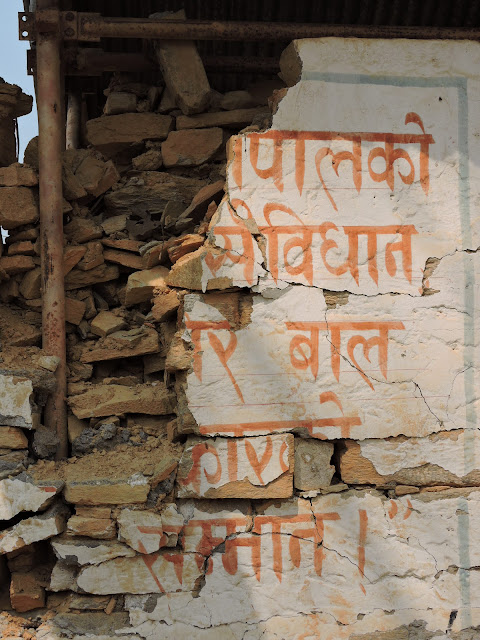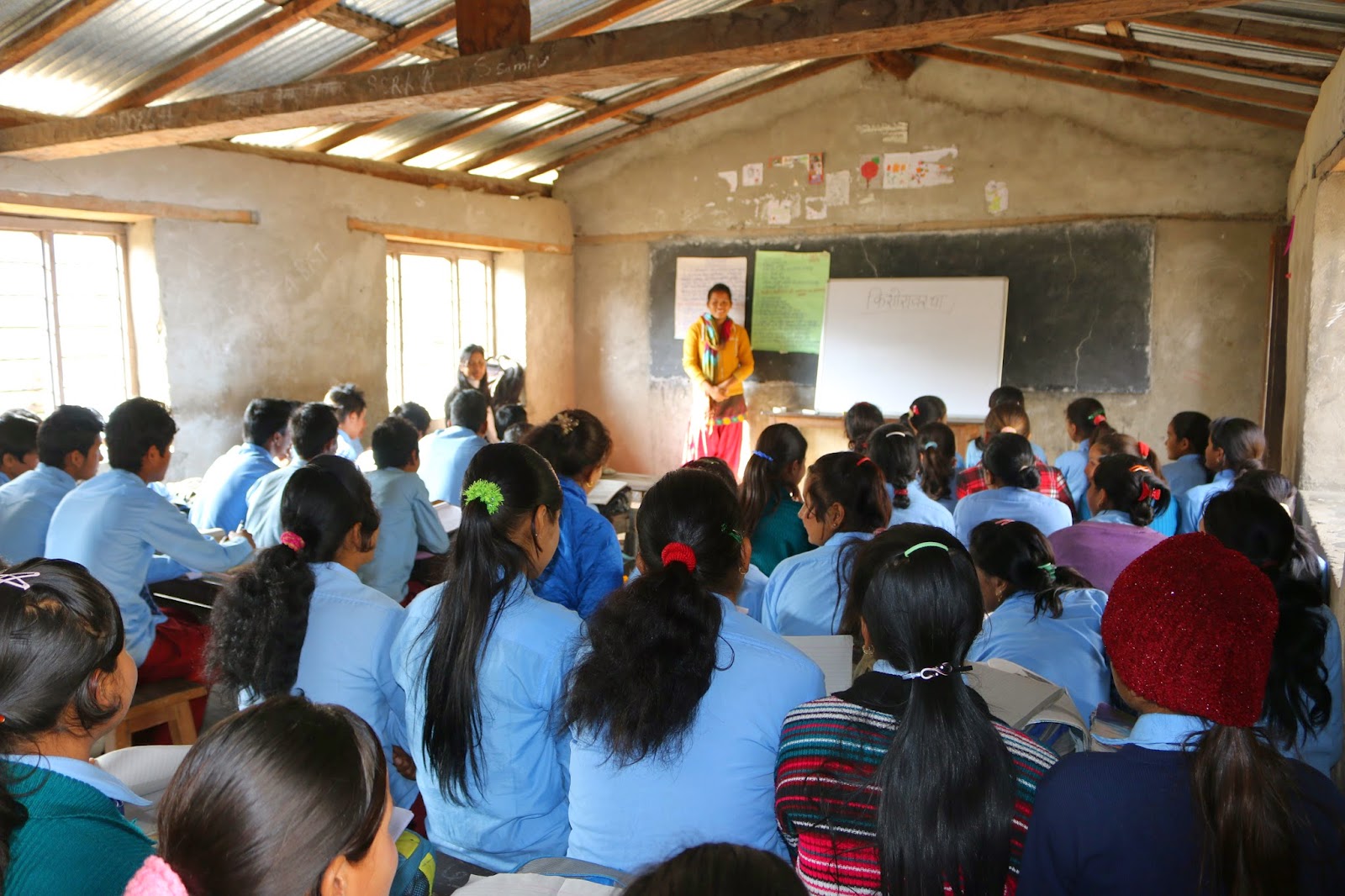The journey
to Simjung is not for the faint-hearted. The Village Development Committee
(VDC) in Gorkha district, epicenter of the 7.8 magnitude earthquake that struck
Nepal on 25 April, is accessible only by dirt roads that challenge the bravehearts
too. The sight of rocks falling along the hills scarred by frequent landslides
is quite common along the way, especially during monsoon.
Simjung, which lies around
180 kilometres northwest of Kathmandu, was heavily affected by the earthquake,
which destroyed the village’s only health post. Since then, accessing essential
health services had been quite an issue for the villagers, especially pregnant
women and new mothers.
Photographer Chandra Shekhar
Karki traveled to Simjung in July with UNICEF emergency response team
delivering medical tents and essential health supplies to establish a birthing
centre there.
Here is Mr. Karki’s account
of the unforgettable journey, which he says was “challenging both physically
and mentally.”
 |
| UNICEF medical tent and essential health supplies are loaded onto a tractor in Gorkha Bazaar, district headquarters of Gorkha, epicenter of 7.8 magnitude earthquake that struck Nepal on 25 April. |
“After a few kilometres from Gorkha Bazaar, the district
headquarters, the gravel road ends and the narrow dirt road to Simjung begins. The bumpy ride on the road felt like an internal
massage to my system. However, the worse was yet to come. As we reached
Chanaute, the road split. One led to our destination Simjung, while the other went
to Takumajh, another village equally devastated by the earthquake.
 |
| The tractor, carrying UNICEF medical tent and health supplies, crosses a landslide area on the way to Simjung Village Development Committee. which lies about 180 kilometres northwest of Kathmandu. |
The uphill road to Simjung was unnerving as it had become
muddy and slippery due to the rains. The wheels of the tractor, which carried
the medical tent and health supplies, got stuck in the mud many times pushing
the vehicle towards the slope. Any time this happened, the entire entourage,
aided by the locals, would push the tractor back on track.
 |
| The tractor, stuck on muddy road to Simjung, is pushed back on track. |
At one point, the motorable road ended and we started
walking with UNICEF supplies carried by a group of local porters up the steep rocky
hill with the cliffs steep enough, the locals say, to touch one’s nose. Soon a
heavy downpour started, but the team continued despite the torrential rain. We eventually
stopped at Dhodeni, a tiny hamlet on the
way, to recover our energy for the next day’s journey, which included more
walking on muddy and slippery steep roads.
 |
| Local porters carry the health supplies to Simjung VDC. |
When we reached Simjung, the next day, a huge crowd of
earthquake-affected villagers, especially women had gathered at the village chautara
(local gathering place). As they approached us with the usual Nepali
hospitailty and a genuine show of gratitude on their faces, all our exhaustion
faded away. The health post staff wasted no time in setting up the medical tent
for the new birthing centre. Once the tent was erected and essential services
set up, it was not long before a line of pregnant women and new mothers began
forming outside the tent.
 |
| Simjung health post staff set up UNICEF medical tent to establish a birthing centre there. |
It was a welcome sight for my tired eyes. Here we were at
last with the most essential supplies of medicine, equipment and a tent for the
pregnant and new mothers, who would eventually get a chance for safe
motherhood.
 |
| A Simjung health post staff uses a fetuscope to listen to fetal heartbeat in the newly established birthing centre. |
A new life for the babies who will be born safely thanks
to UNICEF!"
Photos by Chandra Shekhar Karki for UNICEF
Photos by Chandra Shekhar Karki for UNICEF














































